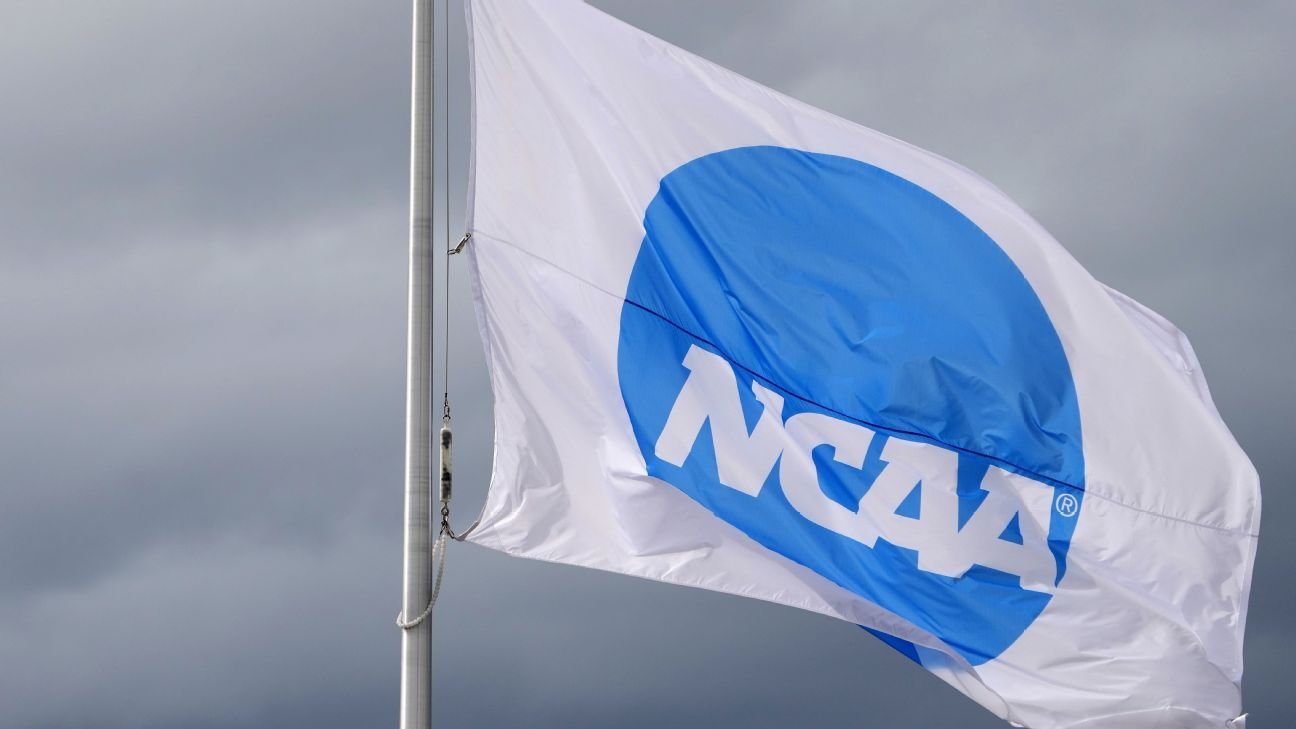A significant transformation in college athletics is underway as educational institutions are now permitted to compensate their student-athletes directly, following the approval of a major legal settlement worth billions. This landmark decision was confirmed by Judge Claudia Wilken on June 6, 2025, and signifies a pivotal shift in the landscape of collegiate sports.
The ruling concludes a series of federal antitrust lawsuits collectively known as House v. NCAA, which charged that the NCAA was illegally restricting the earning potential of college athletes. With just weeks to prepare, institutions are poised to begin issuing payments starting July 1, 2025, necessitating rapid adjustments in their operational frameworks.
This settlement mandates that the NCAA will disburse nearly $2.8 billion in back damages over a ten-year period to collegiate athletes who participated in any capacity from 2016 onward. Going forward, individual schools will be allowed to compensate their athletes up to approximately $20.5 million annually, with the amount set to increase incrementally each year, in addition to existing scholarships and benefits.
Since the onset of the name, image, and likeness (NIL) rights in 2021, which allowed athletes to monetize their presence, the dynamics of college sports have rapidly evolved. Collectives began to emerge as a means for boosters to funnel NIL funds to athletes, often resulting in substantial payouts for high-profile players, particularly in football and basketball. The recent decision marks a transition to direct institutional support.
Former college basketball star Sedona Prince, one of the key plaintiffs in the lawsuit, celebrated the ruling as a historic moment, remarking on the once-improbable vision of equitable pay for athletes: “It seemed like this crazy, outlandish idea at the time…but it’s going to change millions of lives for the better.”
The unanimous Supreme Court ruling in June 2021 underscored the necessity of reevaluating the traditional amateurism model that has governed college athletics, likening it more to a lucrative entertainment industry rather than an educational experience.
However, this recent settlement does not put an end to ongoing legal challenges surrounding the classification of athletes as employees and the prevailing regulations on participation duration. NCAA leaders hope that legislative intervention will address these complexities, seeking an antitrust exemption that could stabilize the evolving financial landscape of collegiate sports.
The newly formed College Sports Commission will oversee compliance with the settlement, ensuring proper governance around payments from schools and boosters. This organization aims to enhance enforcement mechanisms previously handled by the NCAA, with MLB executive Bryan Seeley appointed as CEO to steer this initiative.
Moving forward, this settlement will necessitate the establishment of regulations designed to mitigate the influence of boosters and collectives, with specific vetting processes for endorsement deals to ensure authentic business purposes, rather than mere recruiting incentives.
As the landscape of college athletics continues to evolve, the necessity of vigilance against potential abuses in financial practices looms large, with reports indicating some skepticism about the efficacy of controlling booster spending for fair competition. This settlement represents a crucial starting point, but the journey ahead promises ongoing challenges and adaptations.

